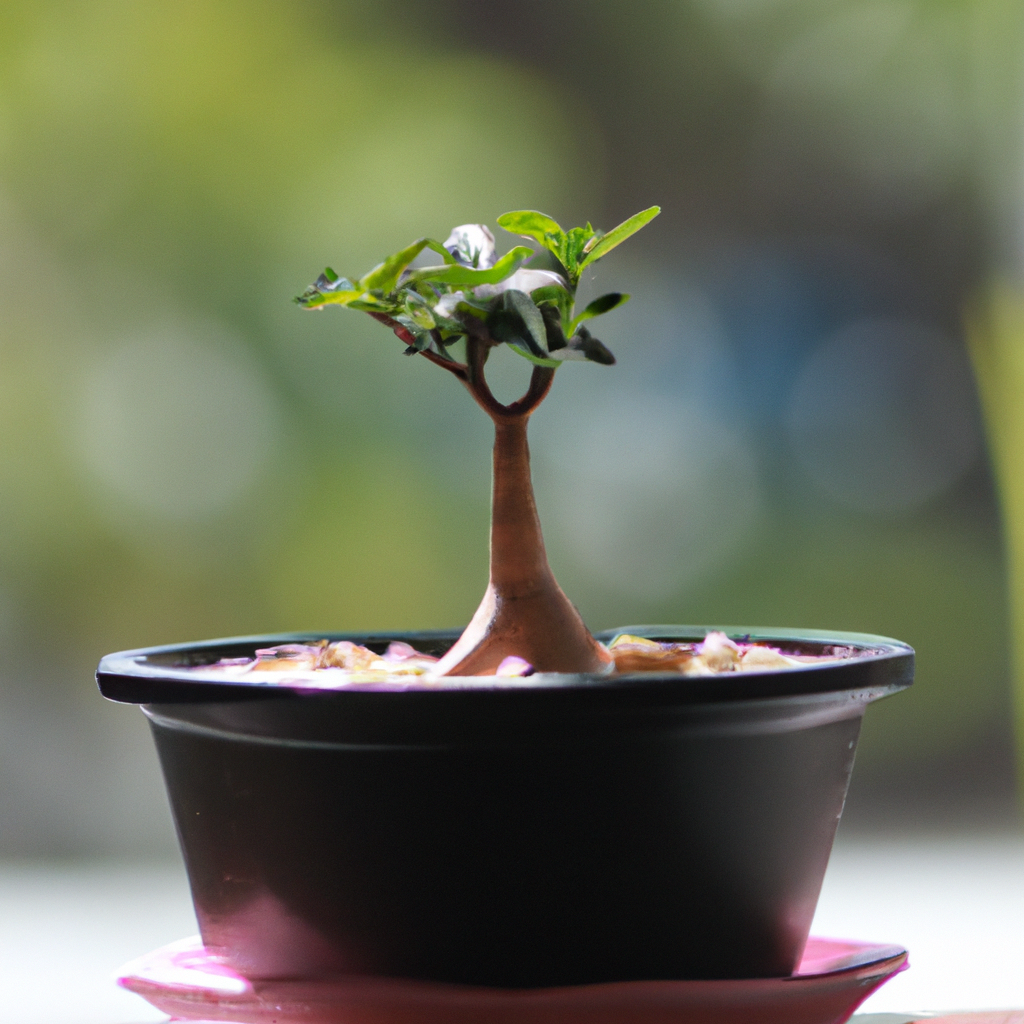Introduction
In recent years, the concept of biomimicry has been gaining traction in the world of design and architecture. This concept, which seeks to imitate the natural world in order to create more efficient and sustainable designs, has led to a number of innovative projects that have had a positive impact on the environment.
What is Biomimicry?
Biomimicry is the practice of studying and emulating nature’s solutions to solve human problems. By looking to nature for inspiration, designers and architects can create designs that are more efficient, more sustainable, and more in tune with the environment. This approach to design is not only beneficial for the environment, but it can also be aesthetically pleasing and cost-effective.
Examples of Biomimicry in Design
Natural Ventilation
One example of biomimicry in design is the use of
natural ventilation in buildings. By mimicking the way that trees and plants use air currents to regulate their temperature, architects and designers can create buildings that are more energy-efficient and comfortable to live in. Natural ventilation can be achieved by using strategically placed windows and vents that allow air to flow freely throughout the building. This type of design not only reduces energy costs, but it also creates a healthier living environment by reducing the amount of pollutants in the air.
Green Roofs
Another example in design is the use of
green roofs. Green roofs are designed to mimic the way that plants and trees grow in nature, with layers of soil and vegetation that absorb rainwater and reduce the amount of runoff. This type of design can help to reduce the amount of water pollution in urban areas, as well as provide additional insulation to the building. Green roofs also provide habitats for wildlife, making them a great way to add biodiversity to urban areas.
Urban Planning
It is also being used in
urban planning projects. By studying the structure of forests and other natural ecosystems, urban planners can create designs that are more efficient and sustainable. For example, some cities are using the concept of “green streets”, which mimic the structure of a forest by creating a network of interconnected pathways that are lined with trees and other vegetation. This type of design can help to reduce the amount of pollution in the city, as well as create a more pleasant environment for pedestrians.
Conclusion
Biomimicry is a powerful tool for designers and architects, as it allows them to create solutions that are both aesthetically pleasing and environmentally friendly. By looking to nature for inspiration, designers and architects can create designs that are more efficient, more sustainable, and more in tune with the environment. This approach to design is not only beneficial for the environment, but it can also be cost-effective and aesthetically pleasing. As more designers and architects embrace the concept of biomimicry, we can expect to see more innovative projects that are inspired by nature.




